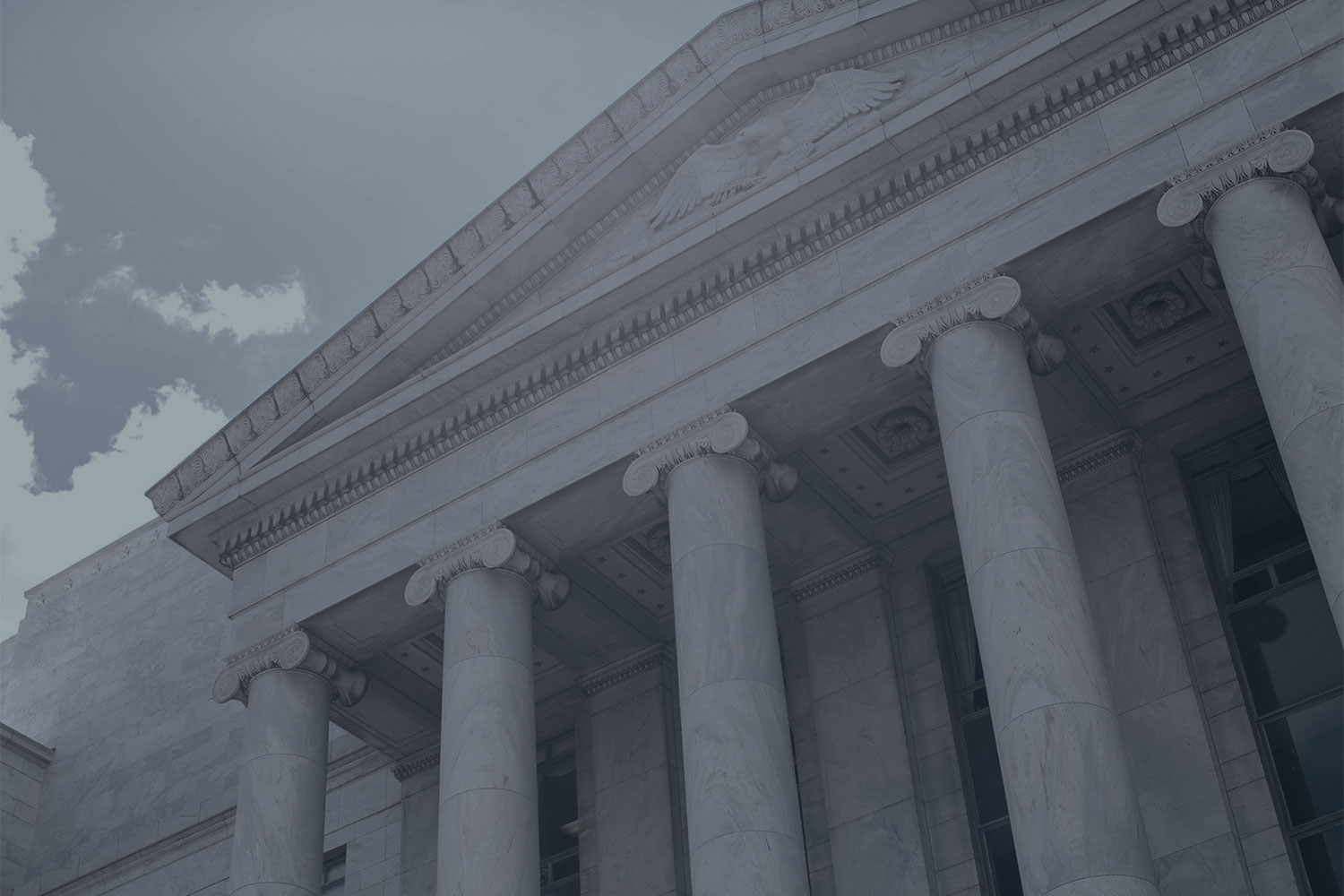Texas et al. v. Organon (Remeron), No. 04-5126 (D.N.J. 2004)
Plaintiff states settled with drug maker Organon USA, Inc. and its parent company, Akzo Nobel N.V., resolving antitrust claims involving the antidepressant drug Remeron between June 2001 and October 2004. The states’ complaint alleged that Organon unlawfully extended its monopoly by improperly listing a new “combination therapy” patent with the U.S. Federal Drug Administration. In addition, the complaint alleged that Organon delayed listing the patent with the FDA in another effort to delay the availability of lower-cost generic substitutes. The $26 million settlement resolved claims brought by state attorneys general, as well as a private class action brought on behalf of a class of end payors. Organon also agreed to make timely listings of patents and to submit accurate and truthful information to the FDA.
United States and Plaintiff States v. Election Systems and Software, Inc. No. 10-cv-00380 (D.D.C. 2010)
The U.S. Department of Justice and nine plaintiff states filed suit against Election Systems and Software, Inc.’s (“ES&S”) acquisition of Premier Election Solutions, Inc. (“Premier”). ES&S, the largest provider of voting systems in the United States, acquired Premier, a subsidiary of Diebold, Inc. and the second largest provider of voting equipment systems. The acquisition was well under the HSR reporting thresholds. After this acquisition, ES&S provided more than 70 percent of the voting equipment systems used in elections held in the United States. The complaint alleged that because ES&S’s acquisition of Premier joined the two closest competitors in the provision of voting systems, it was likely that states and local governments would have seen higher prices and a decline in quality and innovation in voting equipment systems.
The states and USDOJ reached a settlement with ES&S under which ES&S will sell Premier’s intellectual property for all past, present and in-development voting equipment systems to another competitor. The buyer will have the ability to compete for contracts to install new voting systems using the Premier product. ES&S is prohibited for 10 years from competing for new
installations using a Premier product. The buyer will also receive copies of all existing
Premier service contracts so that it can compete for contracts that are up for renewals.
Richardson v. Akzo Nobel (In re Vitamins Antitrust Litigation), 1:09-cv-02112-TFH(D.D.C. 2009)
As part of a private class action lawsuit, states, as parens patriae for their citizens, reached a settlement with vitamin manufacturers accused of fixing prices on certain vitamins (The vitamins affected by this alleged price fixing conspiracy are: vitamin A,
astaxanthin, vitamin B1 (thiamin), vitamin B2 (riboflavin), vitamin B3 (niacin), vitamin B4 (choline chloride), vitamin B5 (calpan), vitamin B6, vitamin B9 (folic acid), vitamin B12 (cyanocobalamine pharma), betacarotene, vitamin C, canthaxanthin, vitamin E, and vitamin H (biotin), as well as all blends and forms of these vitamins) sold purchased between 1988 and 2000. This case is related to the case New York et al. v. Hoffmann-LaRoche, Inc.,et al. with different defendants.
Florida et al. v. Abbott Laboratories et al., No. 1:08-cv-00155-SLR (D.Del. 2007)
States alleged Abbott Laboratories; Fournier
Industrie Et Sante and Laboratoires Fournier, S.A., blocked competition from less expensive
generics by continuously making minor changes in the formulations of TriCor to prevent therapeutically equivalent generic substitutions. The states alleged that the product switches helped thwart generic competition, allowing the companies to charge monopoly prices for TriCor.
The lawsuit also allegd the companies used patents, which they obtained by deceiving the Patent and Trademark Office and improperly enforced and brought a series of patent infringement lawsuits against two generic companies. According to the complaint, Abbott and Fournier filed at least ten lawsuits against two generic companies who were attempting to obtain FDA approval for their generic versions of TriCor. Abbott and Fournier eventually lost or dismissed all of the lawsuits. As a result of the product switches and patent litigation, Abbott and Fournier have successfully thwarted generic competition and denied consumers and state agencies the choice of a lower priced therapeutically equivalent generic.
The states settled their claims for $22.5 milion, which covered governmental purchases, as well as injunctive relief to prevent “product hopping” by the defendants in the future.
California v. Infineon Technologies, No. 3:06-cv-04333 (N.D. Cal. Nov. 7, 2007)
33 Plaintiff States generally alleged a horizontal price-fixing conspiracy in the U.S.
market for dynamic random access memory (“DRAM”), carried out by numerous manufacturer defendants. Samsung an
another company, Winbond, reached settlement for $113 million in 2007.. States and private parties settled with the remaining defendants for $173 million and injunctive relief.
Massachusetts v. First Group, PLC
Eleven states alleged that the merger would substantially lessen competition in numerous markets for the procurement of School Bus Services within the Plaintiff States. Settlement required divestitures of routes and depots, provision o fmaintenance services, no non-compete agreements, notice to the states of future acquisitions, and no coercion to include certain bid specifications plus $1.1 million in attorneys fees.
New York v. Tele-Communications Inc., 1993 WL 527984 (S.D.N.Y. Sept. 14, 1993), 1993-2 Trade Cases P 70, 404
Defendant cable system operators, subsidiaries and a satellite cable supplier formed a monopoly in restraint of trade in the delivery of multichannel subscription television programming.
In the Matter of GlaxoSmithKline, PLC (Augmentin)
States alleged that GlaxoSmithKline fraudulently obtained patent protection for Augmentin and then delayed generic entry through sham patent litigation. Through this conduct, GlaxoSmithKline unlawfully maintained its monopoly over Augmentin. A $3.5 million multistate settlement for state proprietary claims was entered into by the participating states and GlaxoSmithKline.
In Re Relafen Antitrust Litigation
States sued manufacturer of antidepressant Relafen, alleging patent misuse and sham litigation designed to prevent generic entry. Parties settled the state proprietary claims for $10 million.
Maryland v. SmithKline Beecham Corp., No. 2:06-cv-01298-JP (E.D.Pa Mar. 27, 2006)
States sued manufacturer of antitdepressant Paxil, alleging patent misuse and sham litigation designed to prevent generic entry. Parties settled for $14 million.


